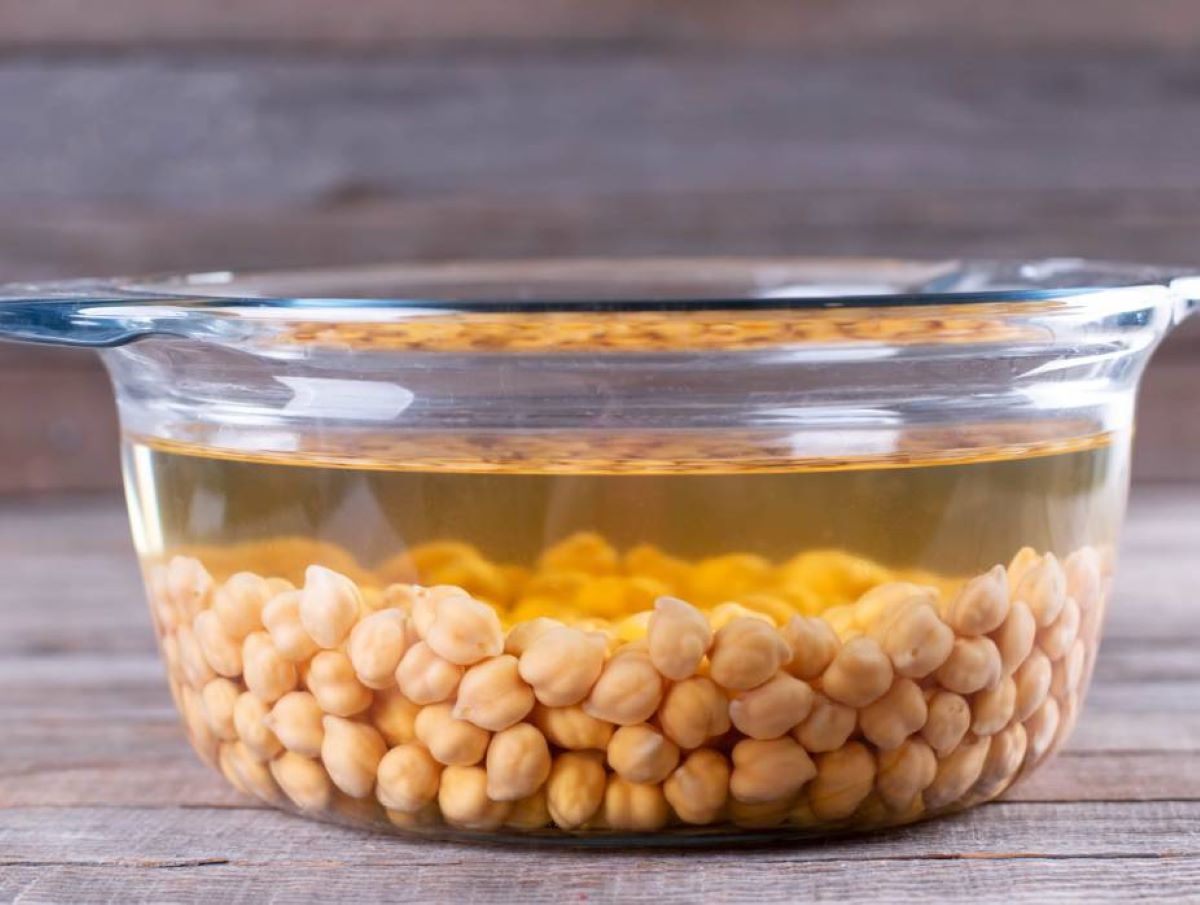

Articles
How To Store Soaked Chickpeas
Modified: December 7, 2023
Learn the best methods for storing soaked chickpeas to maximize freshness and flavor. Read our informative articles for step-by-step instructions and tips on proper storage techniques.
(Many of the links in this article redirect to a specific reviewed product. Your purchase of these products through affiliate links helps to generate commission for Storables.com, at no extra cost. Learn more)
Introduction
Soaked chickpeas are a versatile and nutritious ingredient that can be used in various recipes. Whether you’re preparing a hearty stew, making a batch of hummus, or simply adding them to salads, soaking chickpeas is an essential step to ensure their optimal texture and flavor.
Soaking chickpeas before cooking helps to soften their tough outer skin, reducing cooking time and improving digestibility. Additionally, soaking allows the chickpeas to absorb water, making them more plump and tender. Not only does this enhance their taste and texture, but it also promotes better nutrient absorption during digestion.
In this article, we will discuss the benefits of soaking chickpeas and provide you with step-by-step instructions on how to properly soak and store them for later use. Whether you want to save time or have a convenient supply of chickpeas ready to use, learning how to store soaked chickpeas will be a valuable kitchen skill.
Key Takeaways:
- Soaking and storing chickpeas enhances their texture, reduces cooking time, and improves digestibility, making them a versatile and nutritious ingredient for a variety of recipes.
- Properly labeling and storing soaked chickpeas in the refrigerator or freezer ensures their freshness and convenience for future use, allowing for easy incorporation into a wide range of dishes.
Read more: How To Store Chickpeas
Benefits of Soaking Chickpeas
Soaking chickpeas before cooking offers a range of benefits, both in terms of taste and nutrition. Here are some key advantages of soaking chickpeas:
- Reduced Cooking Time: Soaking chickpeas softens the outer skin, allowing for faster and more even cooking. This can significantly shorten the cooking time, making it more convenient to prepare meals that include chickpeas.
- Improved Texture: The process of soaking helps to soften chickpeas, making them more tender and enjoyable to eat. Whether you’re using them in salads, stews, or other dishes, soaked chickpeas have a smoother texture compared to their unsoaked counterparts.
- Enhanced Digestibility: Soaking chickpeas can improve their digestibility by reducing the levels of anti-nutrients, such as phytic acid and enzyme inhibitors. These compounds can inhibit nutrient absorption and cause digestive discomfort. By soaking chickpeas, you can make them easier to digest and unlock their nutritional benefits.
- Better Nutrient Absorption: Soaking allows the chickpeas to absorb water, which can increase the bioavailability of certain nutrients. This means that your body can better absorb and utilize the vitamins, minerals, and other beneficial compounds found in chickpeas.
- Reduces Gas and Bloating: Soaking chickpeas can help reduce the gas-causing compounds, such as oligosaccharides, which are responsible for bloating and discomfort. By discarding the soaking water and cooking the chickpeas afterwards, you can minimize digestive issues.
By taking the time to soak your chickpeas, you can enhance their flavor, texture, and nutritional profile. Whether you’re a fan of chickpea-based dishes or simply want to incorporate more legumes into your diet, soaking chickpeas is a small effort that yields significant benefits.
Preparing Chickpeas for Soaking
Before you can soak your chickpeas, it’s important to properly prepare them by following these steps:
- Choose High-Quality Chickpeas: Start with good quality chickpeas that are free from any mold, insect damage, or debris. You can use dried chickpeas that are readily available in most grocery stores or opt for organic varieties for added assurance of quality.
- Sort and Rinse: Spread the chickpeas on a clean kitchen towel or baking sheet and sort through them, removing any broken, discolored, or shriveled ones. Then, rinse the chickpeas under cool running water to remove any dirt or impurities.
- Soak Overnight: Place the rinsed chickpeas in a large bowl and cover them with enough water, leaving a couple inches of extra water above the chickpeas. Allow them to soak for at least 8 to 12 hours, or overnight. During this time, the chickpeas will absorb water and increase in size.
- Optional: Add Baking Soda: To further enhance the softening process, you can add a teaspoon of baking soda to the soaking water. Baking soda helps to break down the cellulose structure of the chickpeas and can result in even softer and more tender chickpeas.
Once you have properly prepared the chickpeas and soaked them overnight, they are ready to be cooked or stored for later use. It’s important to note that soaked chickpeas will continue to increase in volume, so ensure that you use a large enough bowl and that the chickpeas are completely submerged in water during the soaking process.
Now that your chickpeas are ready, let’s move on to the next step in the process – soaking chickpeas!
Soaking Chickpeas
Soaking chickpeas is a simple process that requires minimal effort. Here’s a step-by-step guide to soaking chickpeas:
- Drain the Soaking Water: After the chickpeas have soaked overnight, drain the soaking water. The water might appear cloudy or slightly foamy, but that is normal.
- Rinse the Chickpeas: Give the soaked chickpeas a thorough rinse under cold running water. This step helps to remove any remaining residue and ensure cleanliness.
- Optional: Remove Skins: If desired, you can remove the skins of the chickpeas. While this is not necessary, it can result in a smoother texture if you plan to use the chickpeas for hummus or other recipes that require a creamy consistency. Simply rub the chickpeas gently between your fingers or use a kitchen towel to remove the skins.
- Keep the Chickpeas Moist: To prevent the chickpeas from drying out while soaking, cover them with a damp cloth or plastic wrap. This helps to maintain their moisture content, ensuring they stay hydrated and plump.
- Soak for Additional Time (Optional): If you prefer a softer texture, you can continue to soak the chickpeas for an additional 4 to 6 hours. This extended soaking time can further enhance the tenderness of the legumes.
Once you have completed the soaking process, you can proceed to store the soaked chickpeas for future use or cook them immediately in your desired recipe. Proper storage is essential to maintain the quality and freshness of the soaked chickpeas, so let’s explore the different storage options.
Storing Soaked Chickpeas
Properly storing soaked chickpeas is crucial to maintain their freshness and prevent spoilage. Here are two common methods for storing soaked chickpeas:
- Refrigerator Storage: To store soaked chickpeas in the refrigerator, transfer them to a container with a tight-fitting lid or a ziplock bag. Before sealing the container, make sure to drain any excess water. Keep the soaked chickpeas in the refrigerator for up to 3 to 4 days. It’s best to use them within this time frame to ensure they retain their quality.
- Freezer Storage: If you want to store soaked chickpeas for a longer period, freezing is the ideal option. First, spread the soaked chickpeas in a single layer on a baking sheet lined with parchment paper. Place the baking sheet in the freezer and allow the chickpeas to freeze individually. Once they are frozen, transfer the chickpeas to a freezer-safe container or bag. Label the container with the date and store them in the freezer for up to 3 months.
Both refrigeration and freezing methods preserve the soaked chickpeas, ensuring their quality and minimizing the risk of bacterial growth. When you’re ready to use the soaked chickpeas, simply thaw frozen chickpeas overnight in the refrigerator or by running cold water over them.
It’s essential to properly label your storage containers with the date to keep track of their freshness. This will help you avoid using soaked chickpeas that have been stored for too long and may have lost their taste and texture.
Now that you know how to store your soaked chickpeas, let’s delve into the importance of proper labeling.
After soaking chickpeas, store them in an airtight container in the refrigerator for up to 3 days. Make sure to change the water daily to keep them fresh.
Read more: How To Store Roasted Chickpeas
Refrigerator Storage
Refrigerator storage is a convenient option for storing soaked chickpeas if you plan to use them within a few days. Follow these steps to properly store soaked chickpeas in the refrigerator:
- Drain Excess Water: After soaking the chickpeas, drain any remaining water from the container.
- Transfer to a Container: Transfer the soaked chickpeas to a container with a tight-fitting lid. Alternatively, you can use a ziplock bag. Make sure the container is clean and dry before adding the chickpeas.
- Remove Air: For longer shelf life, try to remove as much air as possible from the container before sealing it. This helps to prevent moisture loss and maintain the quality of the chickpeas.
- Label the Container: Using a marker or label, write the date of storage on the container. This will help you keep track of the storage time and ensure you use the chickpeas within their recommended shelf life.
- Store in the Refrigerator: Place the container of soaked chickpeas in the refrigerator. Make sure it is stored in a spot where it won’t get crushed or disturbed.
- Shelf Life: Refrigerated soaked chickpeas can typically be stored for 3 to 4 days. However, it’s best to use them within 2 to 3 days for optimal taste and texture.
When you’re ready to use the refrigerated soaked chickpeas, drain any remaining liquid and rinse them with fresh water before incorporating them into your recipe. Always inspect the chickpeas before use and discard any that appear spoiled or have an off smell.
Refrigerator storage provides a short-term solution for preserving the texture and freshness of soaked chickpeas. However, for longer storage, consider freezing your soaked chickpeas, which we’ll explore in the next section.
Freezer Storage
Freezing soaked chickpeas is a great option if you want to store them for an extended period. Here’s how you can properly store soaked chickpeas in the freezer:
- Prepare the Chickpeas: After soaking the chickpeas, drain them well and pat them dry with a kitchen towel. Removing excess moisture helps to prevent freezer burn and maintain the quality of the chickpeas.
- Spread on a Baking Sheet: Spread the soaked chickpeas in a single layer on a baking sheet lined with parchment paper. This will prevent them from sticking together during freezing.
- Pre-Freeze: Place the baking sheet with the chickpeas in the freezer and allow them to pre-freeze for about an hour. This step helps to individualize the chickpeas, making them easier to portion and use later.
- Transfer to Freezer-safe Container or Bag: Once the chickpeas are pre-frozen, transfer them to a freezer-safe container or ziplock bag. Squeeze out as much air as possible before sealing to prevent freezer burn.
- Label the Container: Using a marker or label, write the date of freezing on the container or bag. This is important for keeping track of the storage time and ensuring you use the chickpeas within their recommended shelf life.
- Store in the Freezer: Place the container of soaked chickpeas in the freezer. Store them in a location where they won’t be disrupted or crushed.
- Shelf Life: Frozen soaked chickpeas can be stored for up to 3 months. While they may remain safe to eat beyond that time, their quality may start to degrade.
When you’re ready to use the frozen soaked chickpeas, thaw them overnight in the refrigerator or by running cold water over them. It is not recommended to thaw them at room temperature, as this can lead to the growth of harmful bacteria.
Freezer storage is an excellent option to have a convenient supply of soaked chickpeas ready to use whenever you need them. Whether you want to make hummus, add them to stews, or incorporate them into salads, frozen soaked chickpeas will maintain their texture and flavor when stored properly.
Now that you know how to store both in the refrigerator and freezer, let’s discuss the importance of proper labeling for your soaked chickpeas.
Proper Labeling of Soaked Chickpeas
Labeling your soaked chickpeas is essential for organization and maintaining their quality. Proper labeling helps you keep track of storage dates, ensuring you use the chickpeas within their recommended shelf life. Here are a few tips for properly labeling your soaked chickpeas:
- Date: Clearly write the date of storage on the container or bag. This will help you determine how long the chickpeas have been stored and when they should be used by.
- Storage Method: Indicate whether the soaked chickpeas are stored in the refrigerator or freezer. This information is crucial for easy retrieval and proper use.
- Quantity: If you have separated the soaked chickpeas into individual portions for convenience, consider labeling the quantity on each container or bag. This will help you know the amount of chickpeas in each portion and plan your recipes accordingly.
- Recipe-Specific: If you plan to use the soaked chickpeas for a particular recipe, you can label the container or bag with the recipe name. This will save time when you’re ready to cook and simplify your meal preparation process.
- Extras: If you have any additional notes or instructions, such as adding specific seasonings or cooking instructions, you can include them on the label. This will help you remember any special considerations when using the soaked chickpeas.
By taking a moment to properly label your soaked chickpeas, you can easily identify and use them when needed. This practice prevents confusion and ensures that you make the most out of your prepared chickpeas without compromising quality and freshness.
Now that you’re well-versed in storing and labeling soaked chickpeas, let’s move on to some tips for using them in recipes.
Tips for Using Soaked Chickpeas
Soaked chickpeas are a versatile ingredient that can be used in a variety of recipes. Here are some helpful tips for making the most of your soaked chickpeas:
- Cooking Methods: You can use your soaked chickpeas in many cooking methods, such as boiling, pressure cooking, or slow cooking. Experiment with different techniques to find your preferred cooking method and achieve the desired texture.
- Flavor Enhancements: Soaked chickpeas can be enhanced with various flavors. Consider adding aromatics like garlic, onions, or herbs to the cooking water for added depth of flavor. You can also use vegetable or chicken broth instead of plain water for a more flavorful base.
- Versatile Ingredient: Soaked chickpeas can be mashed, blended, or left whole, depending on the recipe you’re preparing. They can be used in salads, soups, stews, curries, wraps, and even as a base for veggie burgers. Explore different recipes and get creative with your soaked chickpeas.
- Double-Batch Cooking: Consider cooking a larger quantity of soaked chickpeas than you need for a particular recipe. You can then portion and freeze the extra chickpeas for future use. This saves time and ensures you always have a convenient supply of cooked chickpeas on hand.
- Hummus: Soaked chickpeas are a staple in making homemade hummus. Blend cooked chickpeas with tahini, lemon juice, garlic, olive oil, and your choice of seasonings for a creamy and nutritious dip. Adjust the ratios to suit your taste preferences.
- Salads and Wraps: Add soaked chickpeas to salads and wraps for an extra boost of protein and fiber. They provide a satisfying texture and can be combined with fresh vegetables, herbs, and dressings to create delicious and nutritious meals.
- Roasting: Roasting soaked chickpeas in the oven with spices creates a crunchy and flavorful snack. Toss them in olive oil and seasonings like paprika, cumin, or chili powder, then bake until crispy. Enjoy them as a healthy alternative to chips or as a topping for salads and soups.
- Reinventing Leftovers: If you have leftover cooked chickpeas, think outside the box and use them in new ways. Mash them into burgers, mix them into pasta dishes, or blend them into a creamy soup. The possibilities are endless!
By using these tips, you can explore the versatility of soaked chickpeas and enjoy their nutritious and satisfying qualities in a variety of dishes.
Soaking and storing chickpeas is a valuable skill that allows you to have a convenient supply of this nutrient-rich legume ready whenever you need it. Whether you’re planning a weeknight dinner or preparing a batch of snacks, soaked chickpeas are a fantastic ingredient that can elevate your cooking to new heights.
Now that you’re equipped with all the knowledge and tips, it’s time to get creative in the kitchen and start making delicious recipes with your soaked chickpeas!
Remember to have fun, experiment, and enjoy the process of cooking with soaked chickpeas. Happy cooking!
Read more: How To Store Baked Chickpeas
Conclusion
Soaking and storing soaked chickpeas is a valuable skill that can elevate your culinary experience. By taking the time to properly soak chickpeas, you can enjoy their numerous benefits, including reduced cooking time, improved texture, enhanced digestibility, better nutrient absorption, and reduced gas and bloating.
Preparing chickpeas for soaking is a simple process that involves sorting, rinsing, and allowing them to soak overnight. Once soaked, you can choose to store them in the refrigerator or freezer, depending on your needs and the desired storage duration.
Refrigerator storage is ideal for short-term use, typically lasting up to 3 to 4 days. Freezer storage, on the other hand, allows you to store soaked chickpeas for up to 3 months, offering a convenient supply for future use.
Proper labeling is essential for keeping track of storage dates and methods, ensuring you use the soaked chickpeas within their recommended shelf life. Label containers with the date, storage method, and any specific instructions or quantities to simplify your cooking process.
When using soaked chickpeas in recipes, consider different cooking methods, flavor enhancements, and the versatility they offer. From salads and wraps to hummus and roasted snacks, soaked chickpeas can be used in a wide range of dishes to add nutrition and taste.
In conclusion, learning how to store soaked chickpeas is a valuable skill that allows you to enjoy the benefits of this nutritious legume in a convenient and accessible way. Soak your chickpeas, store them properly, and get creative in the kitchen. With soaked chickpeas as a regular pantry staple, you’re well on your way to creating delicious and wholesome meals.
So take the time to soak, store, and savor the goodness of chickpeas, and enjoy the versatility they bring to your cooking repertoire. Happy cooking!
Frequently Asked Questions about How To Store Soaked Chickpeas
Was this page helpful?
At Storables.com, we guarantee accurate and reliable information. Our content, validated by Expert Board Contributors, is crafted following stringent Editorial Policies. We're committed to providing you with well-researched, expert-backed insights for all your informational needs.
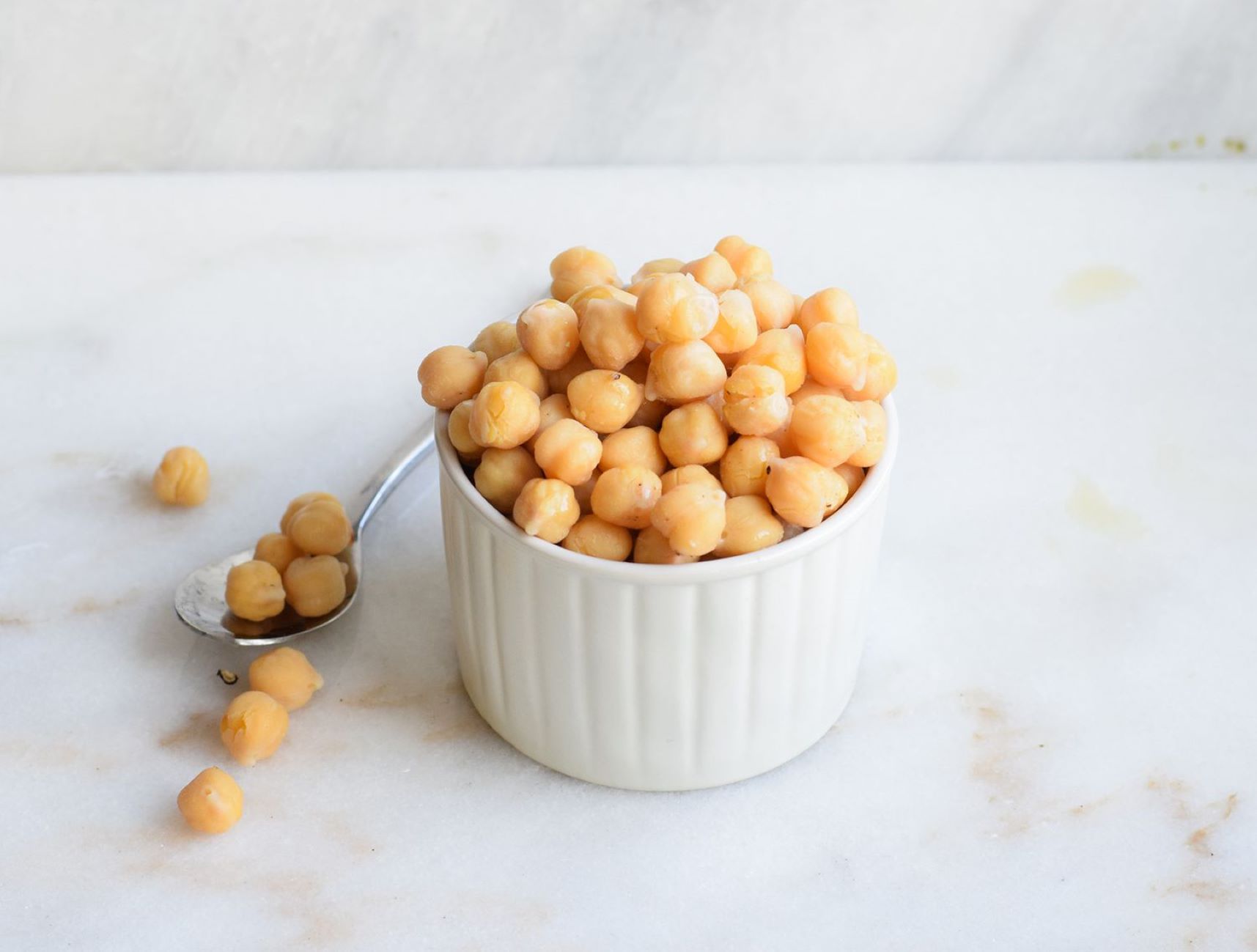
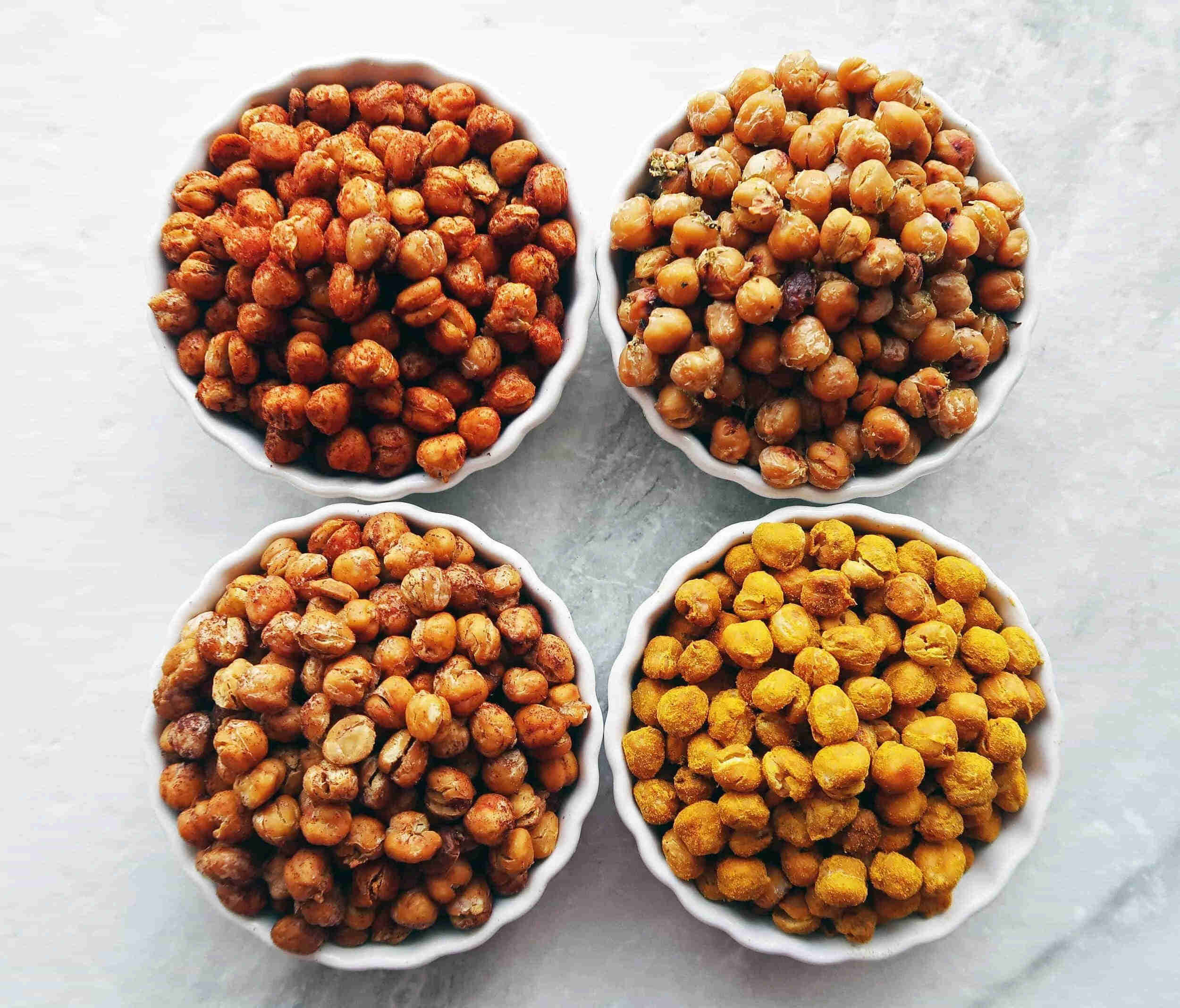
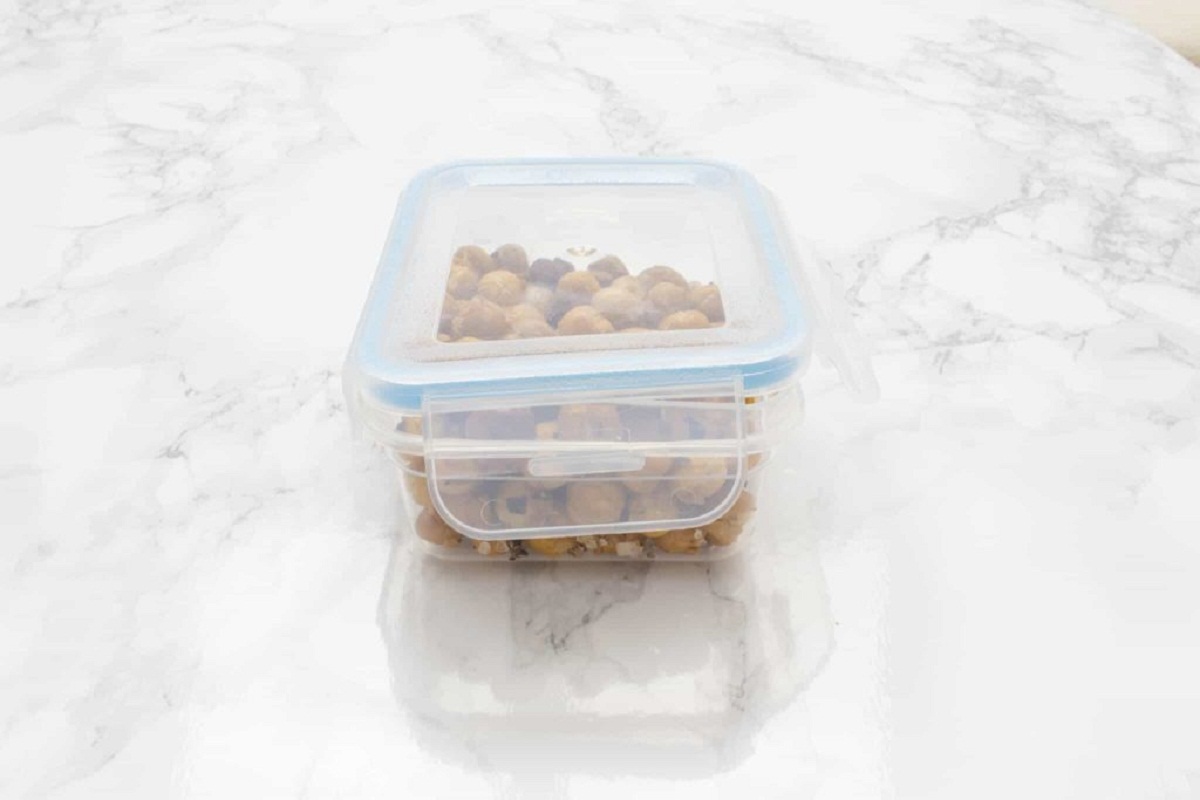
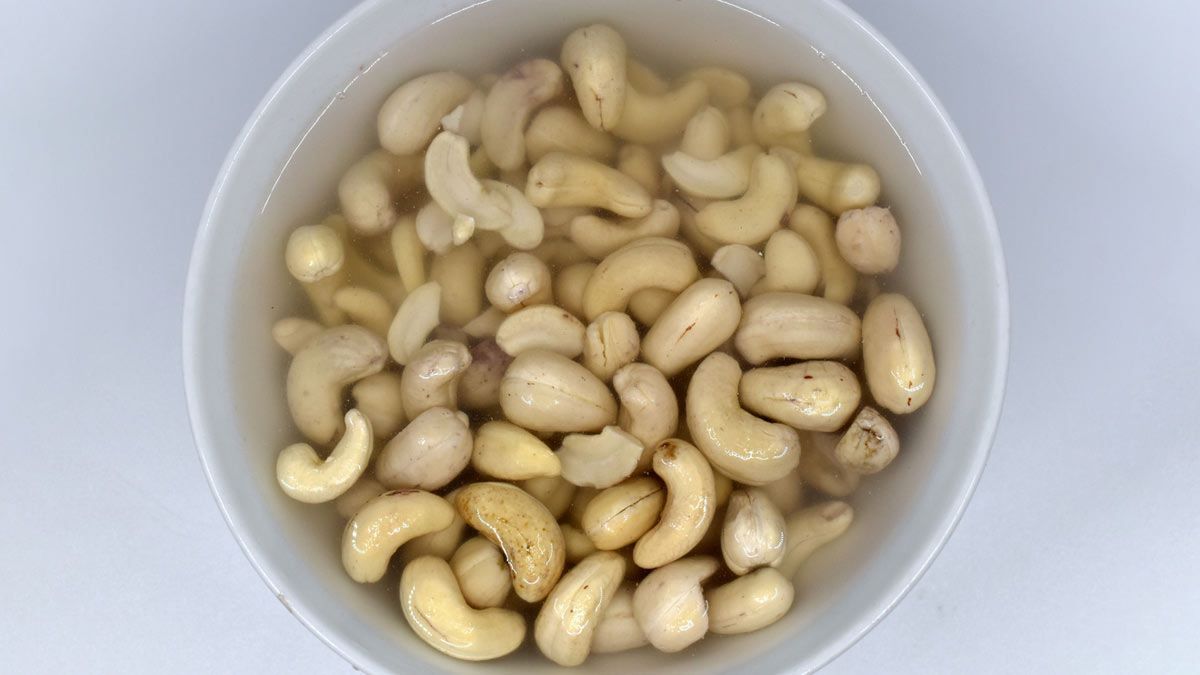
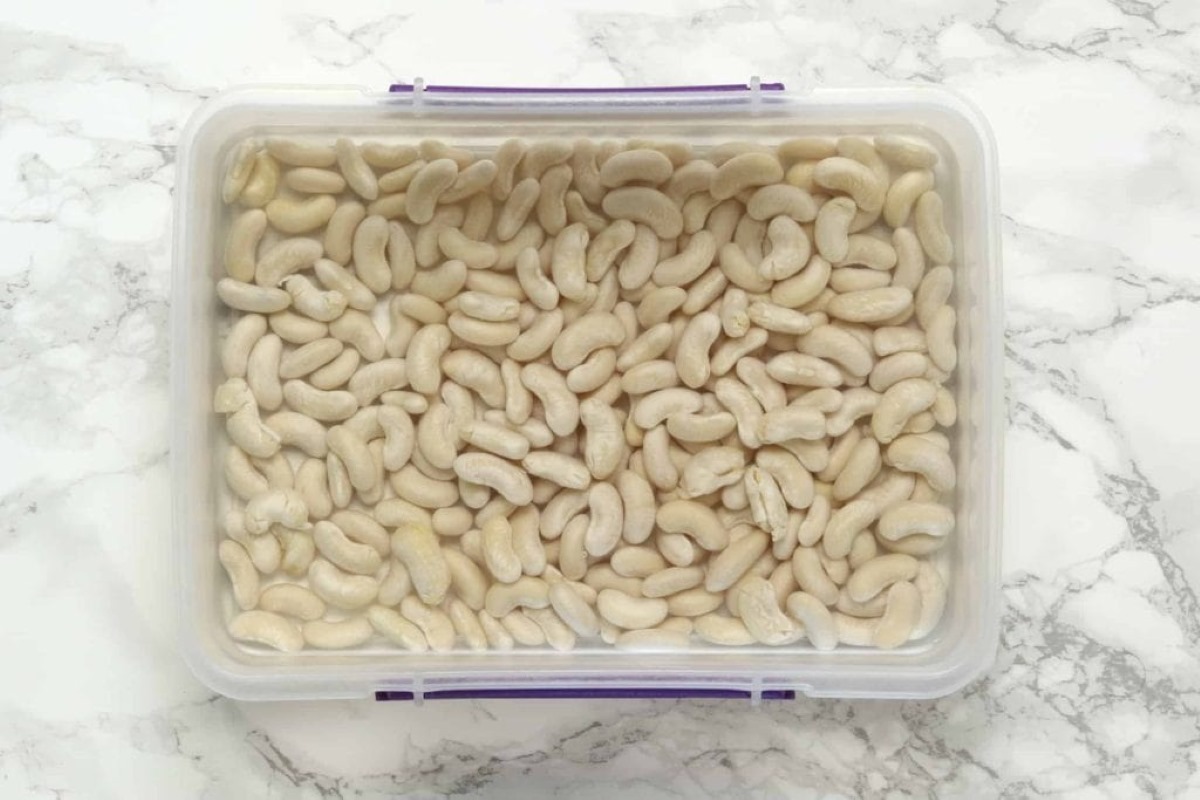

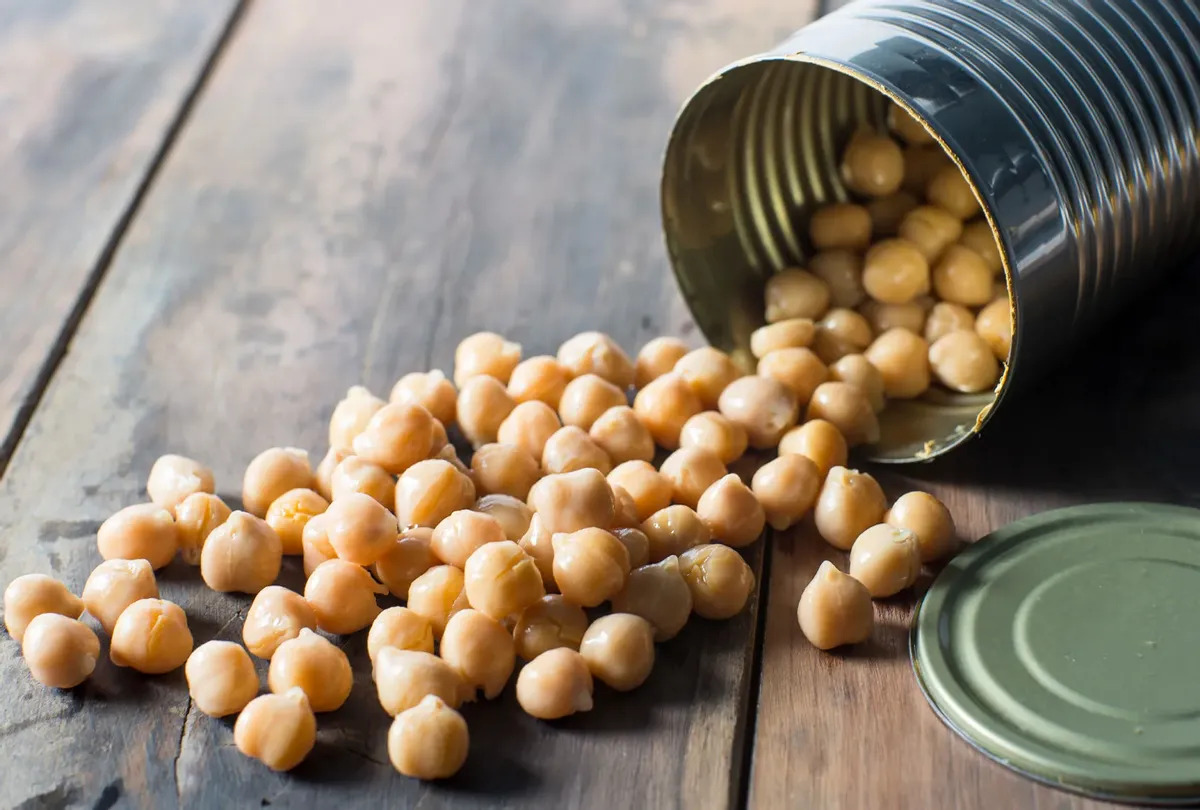
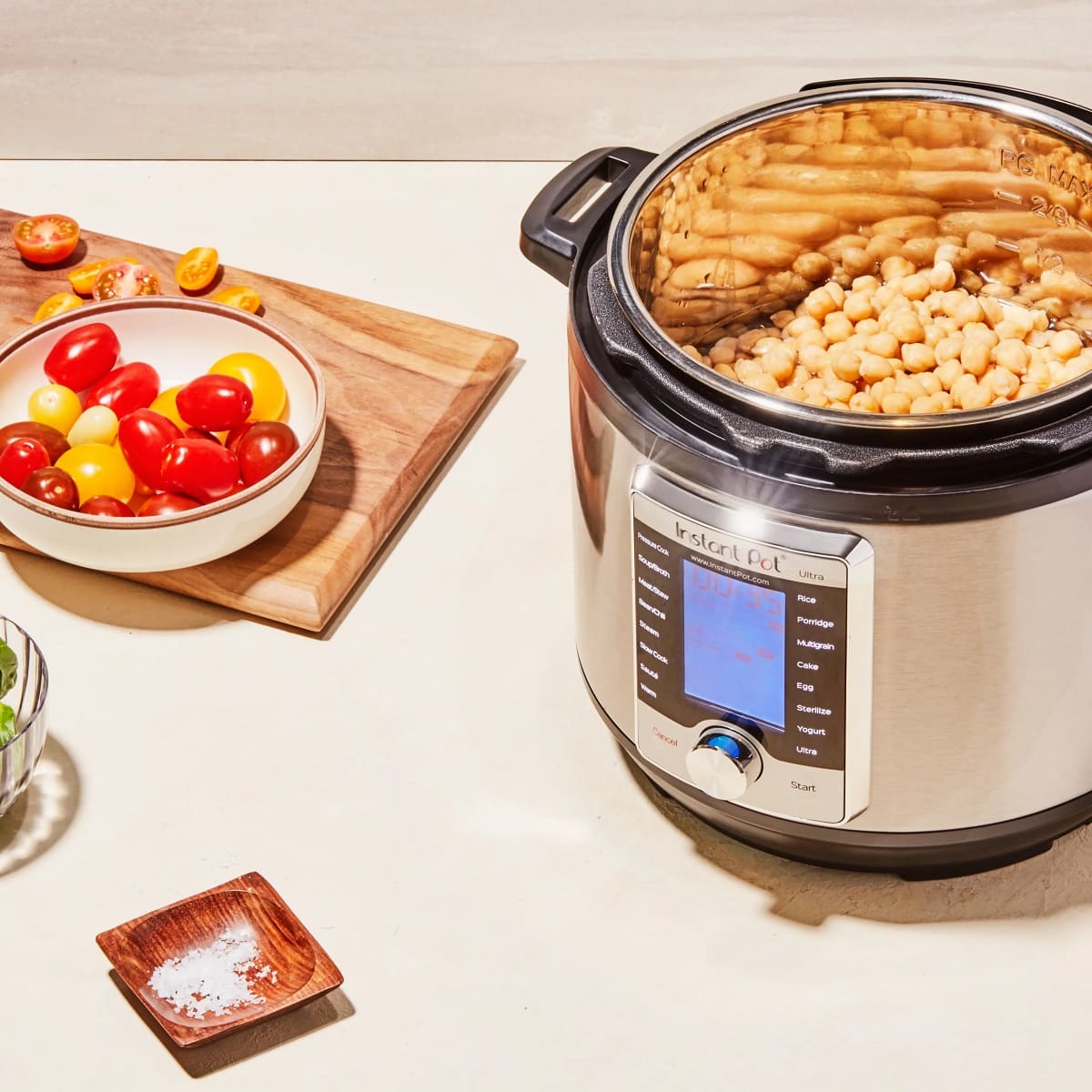
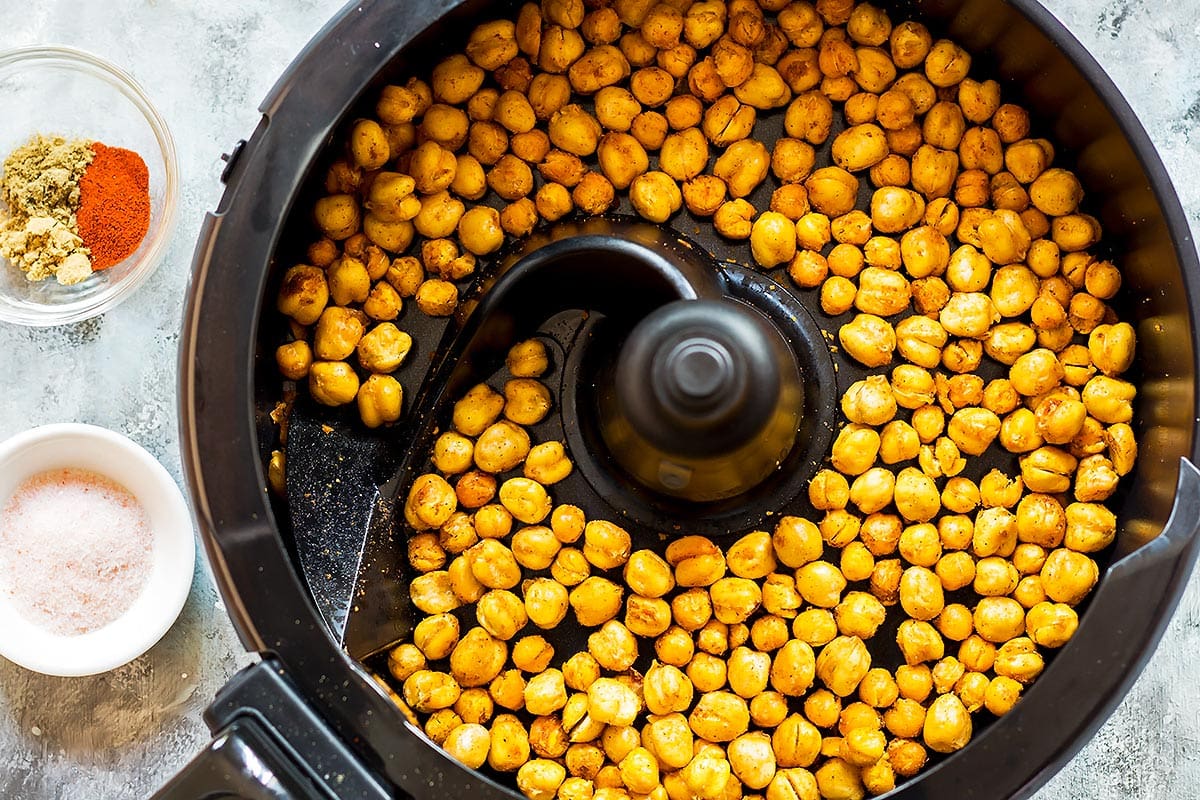
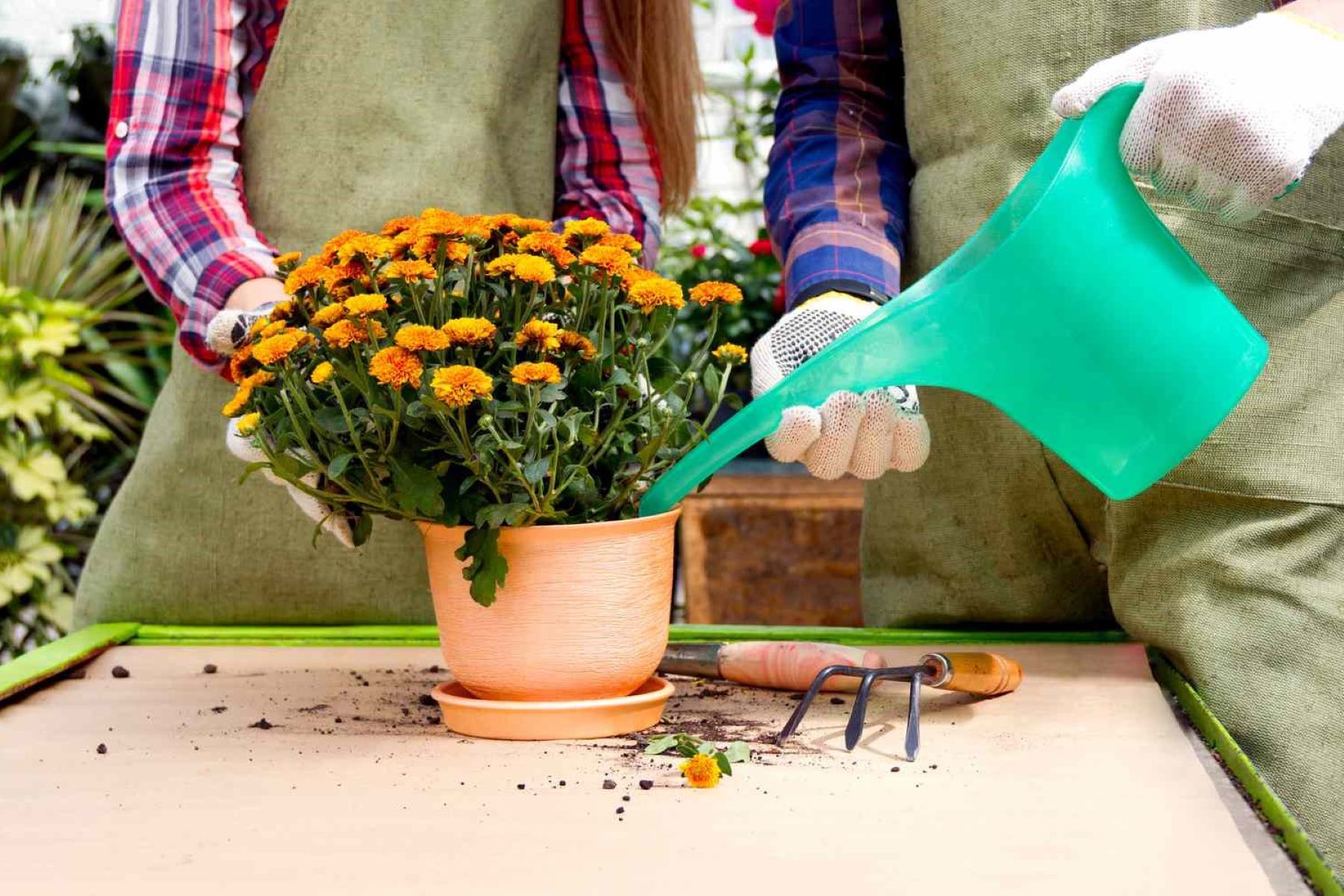
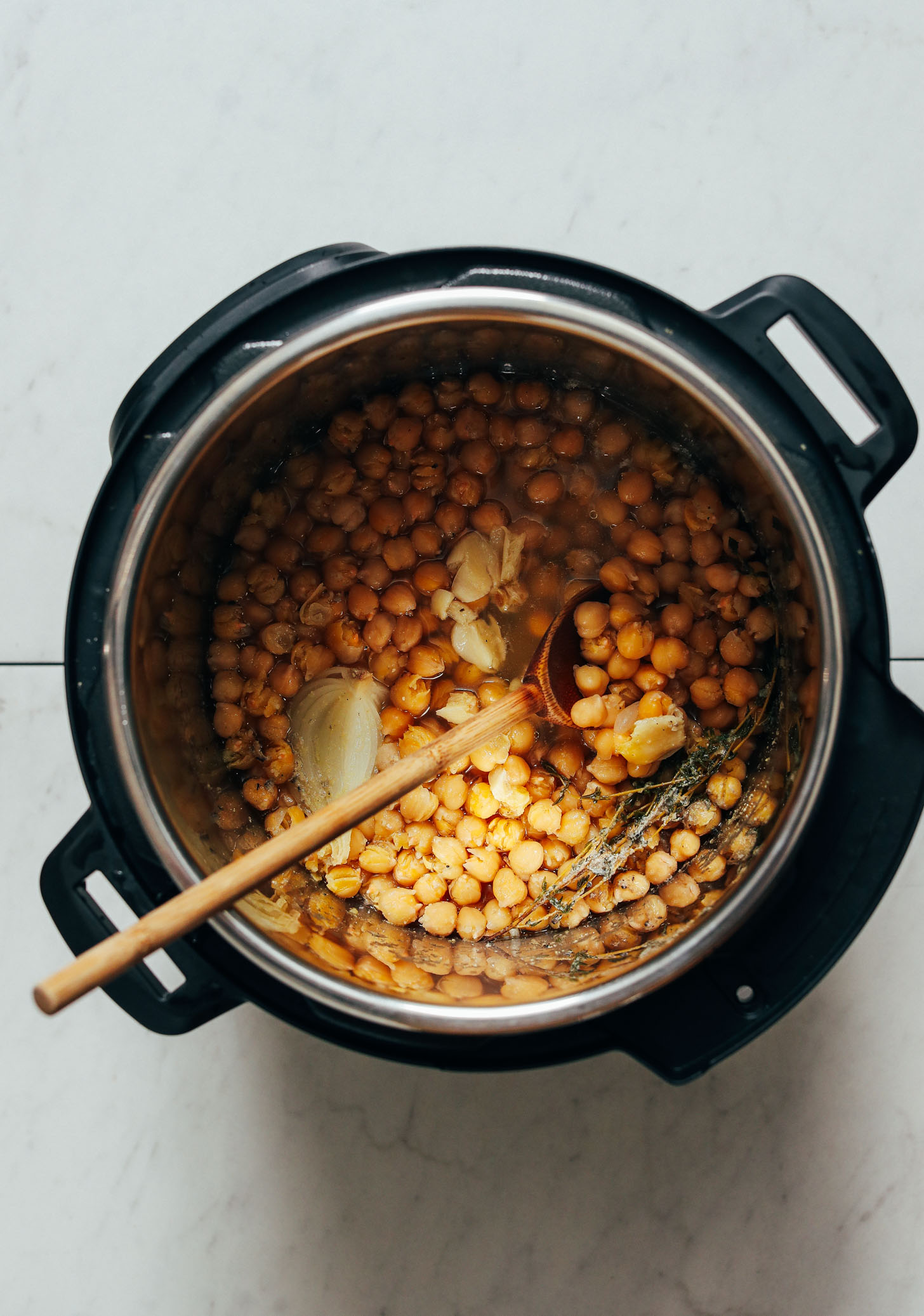
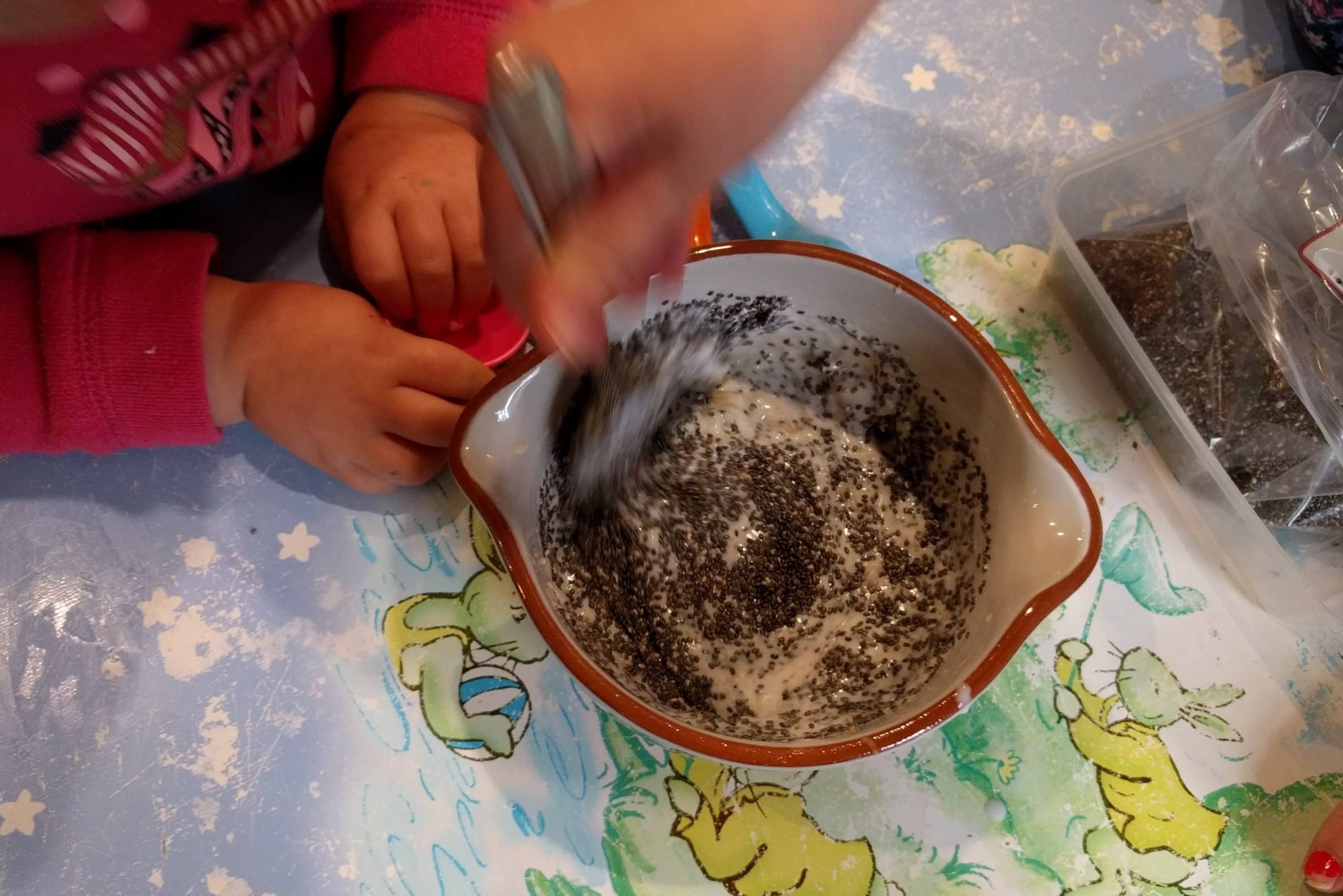
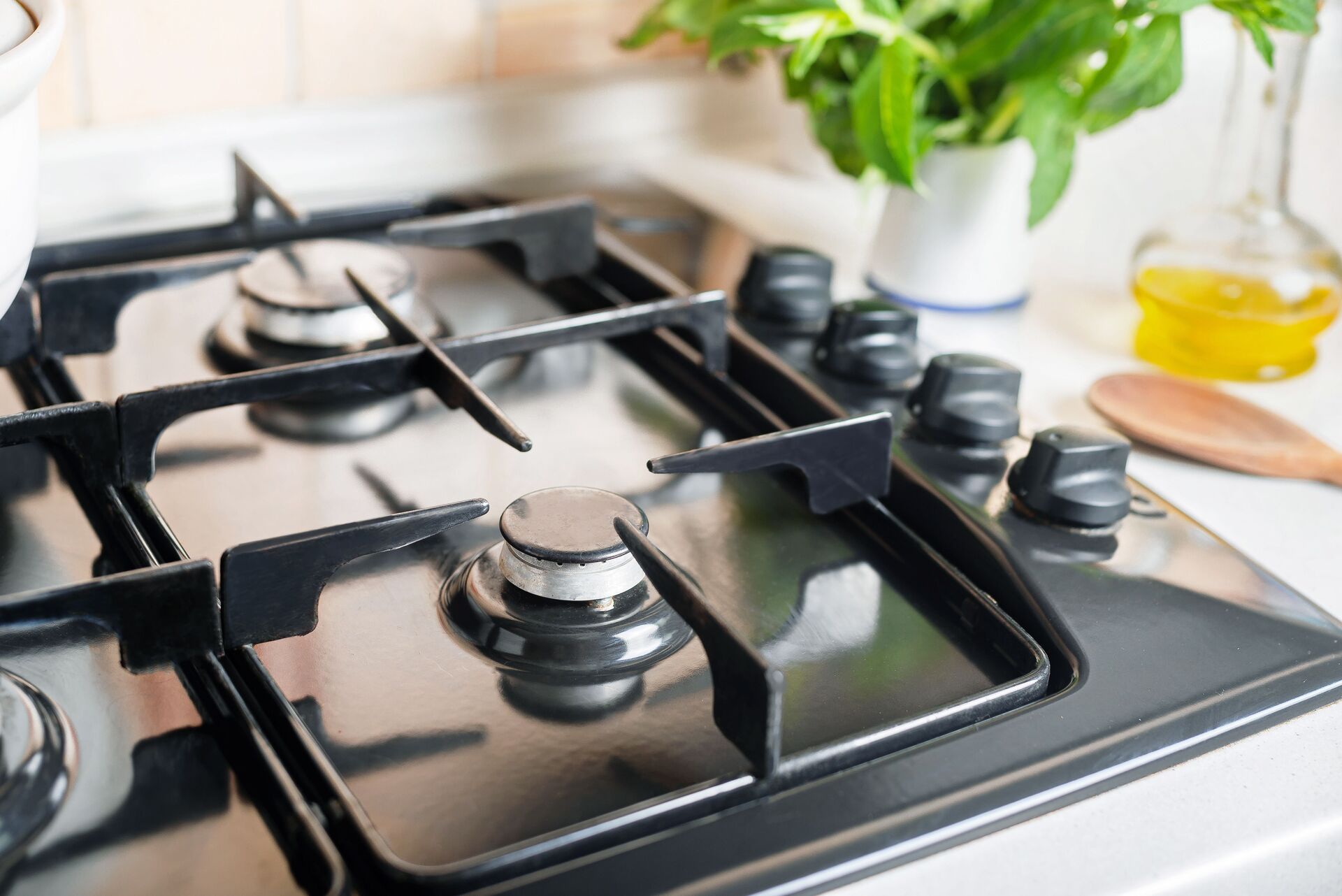

0 thoughts on “How To Store Soaked Chickpeas”